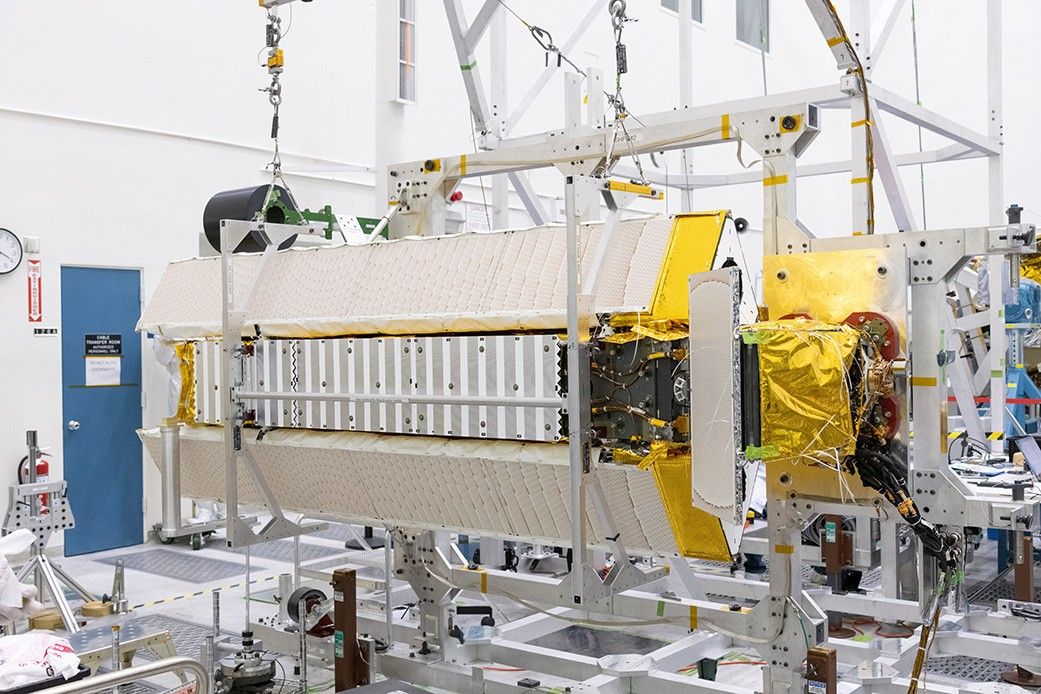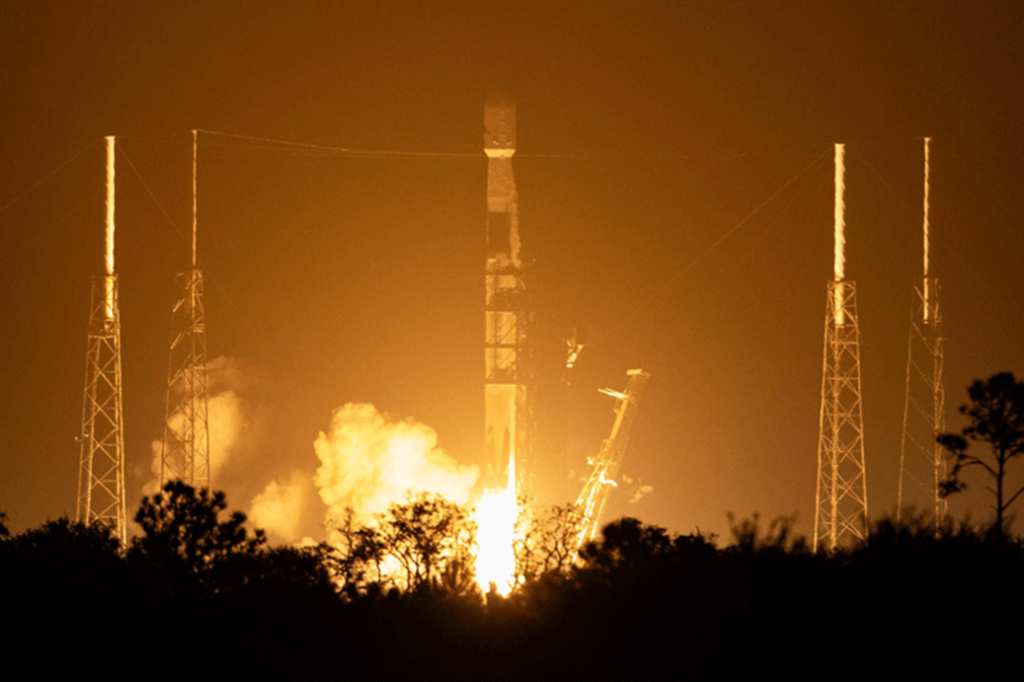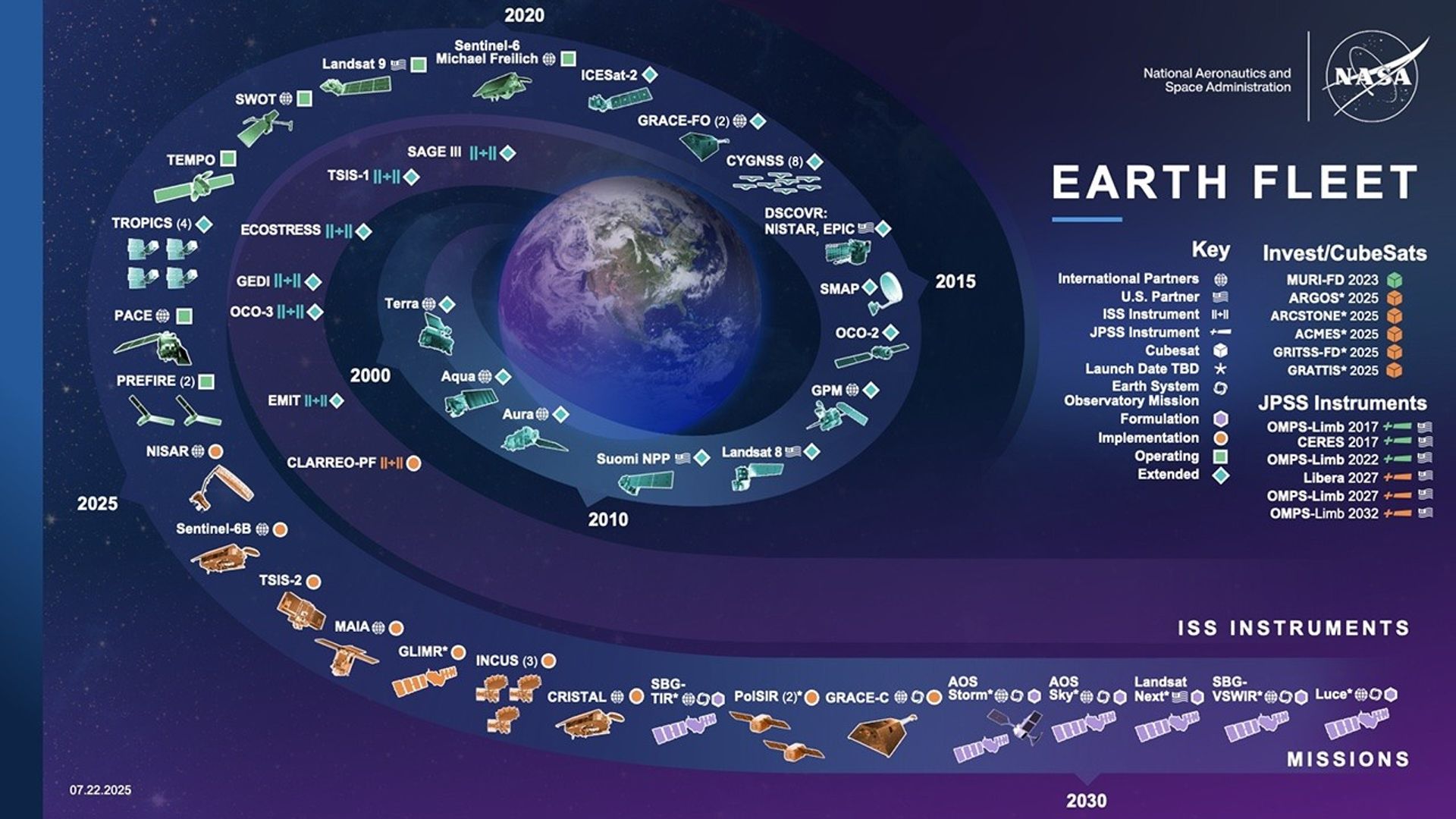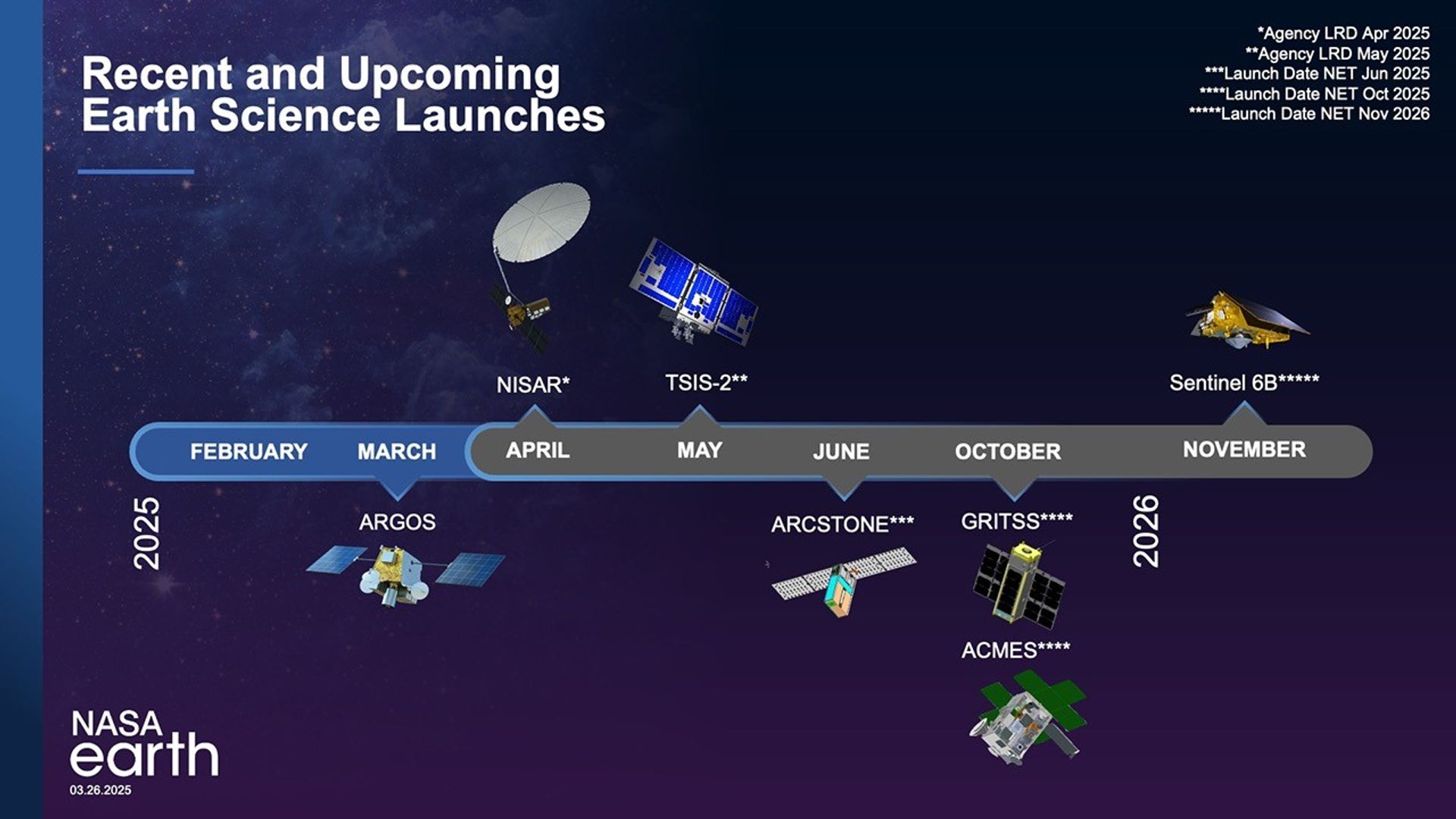Flight Program
About Us
The Flight Program team builds and operates the satellite and airborne missions that deliver critical measurements and data to the world’s science community.
Flight mission development ― from advanced concept studies, to flight hardware development, to on-orbit operation ― is managed within the Earth Systematic Missions (ESM), Earth System Science Pathfinder (ESSP), and Earth System Explorers (ESE) Programs.
Flight Programs
Earth Systematic Missions (ESM)
ESM develops satellite missions aimed at understanding Earth’s response to natural and human-induced changes. Set and directed by NASA, these missions have expanded significantly over the past 15 years, providing invaluable insight and climate data records.
Earth System Science Pathfinder (ESSP)
ESSP competitively selects low- to moderate-cost projects focusing on emerging scientific priorities and measurement capabilities. This includes Earth Venture projects that develop new instruments, conduct airborne and field research, and build satellites for full mission engagements.
Earth System Explorers (ESE)
The ESE program is designed to enable high-quality Earth system science investigations through competitively selected missions that acquire and deliver measurements of one or more observables identified in the 2017 Decadal Survey as Earth System Explorer Targeted Observables
Other Flight Operations
The Airborne Science Program
The Airborne Science Program provides manned and unmanned aircraft used in research campaigns to observe Earth’s changes, obtain data for modeling activities, test and refine new instrument technology, and calibrate satellite instruments.
Senior Reviews
Senior Reviews, Including the 2023 full report, assess the value of and steer determination on the continued operation of a mission after the planned performance period.































